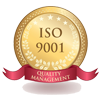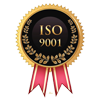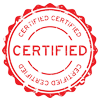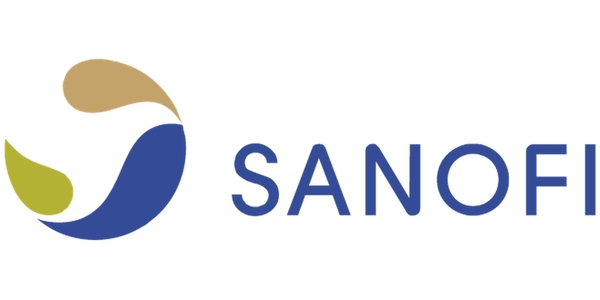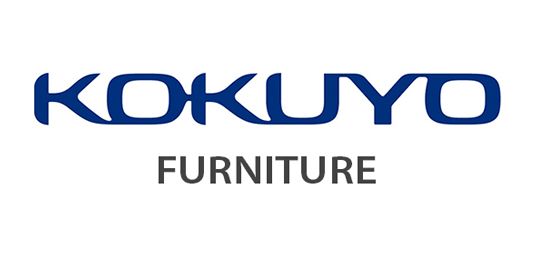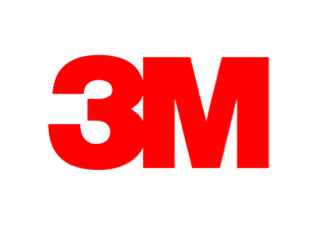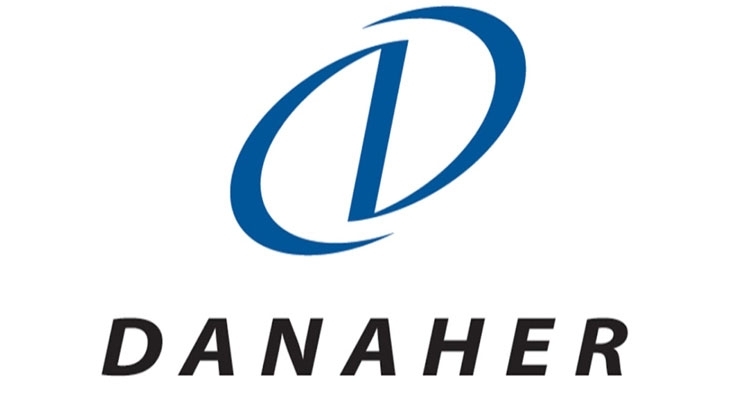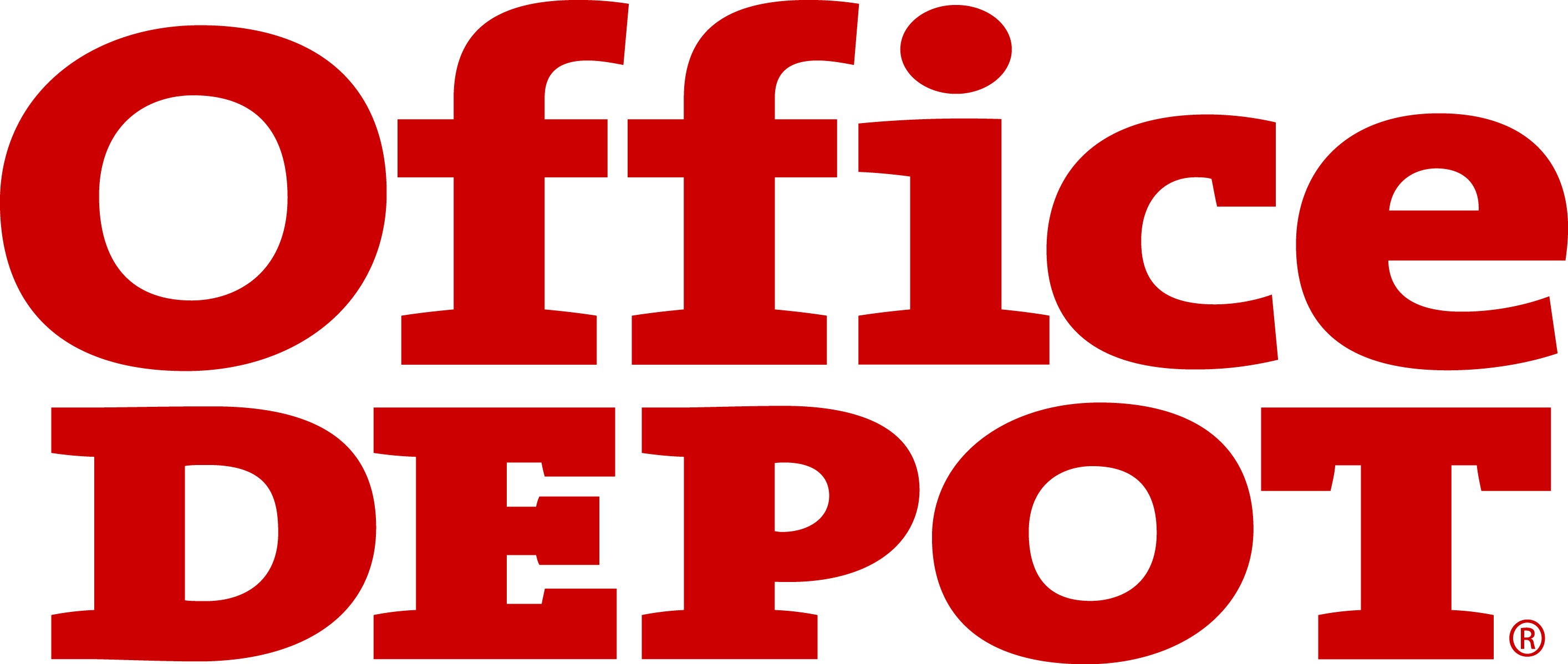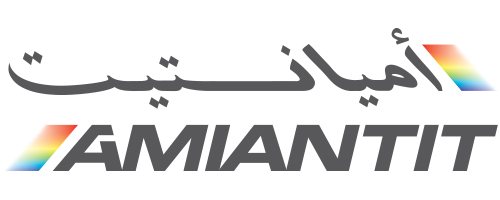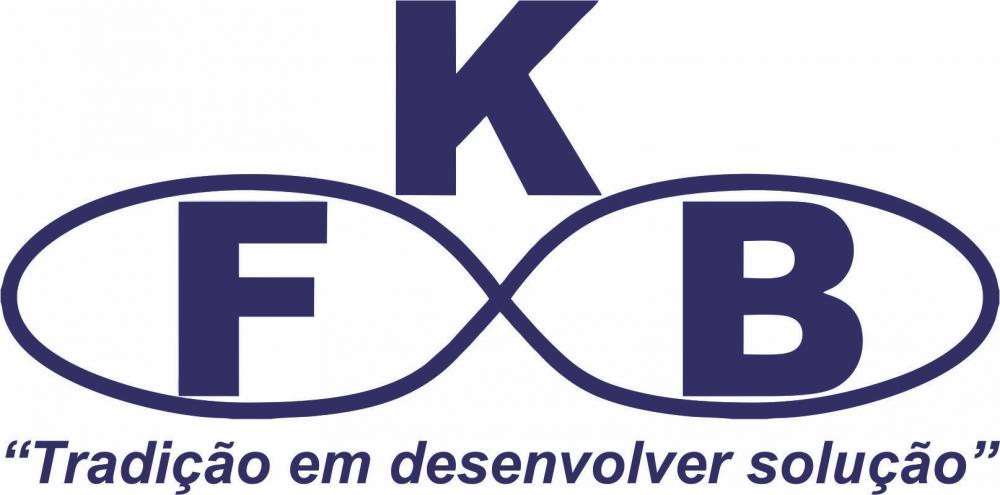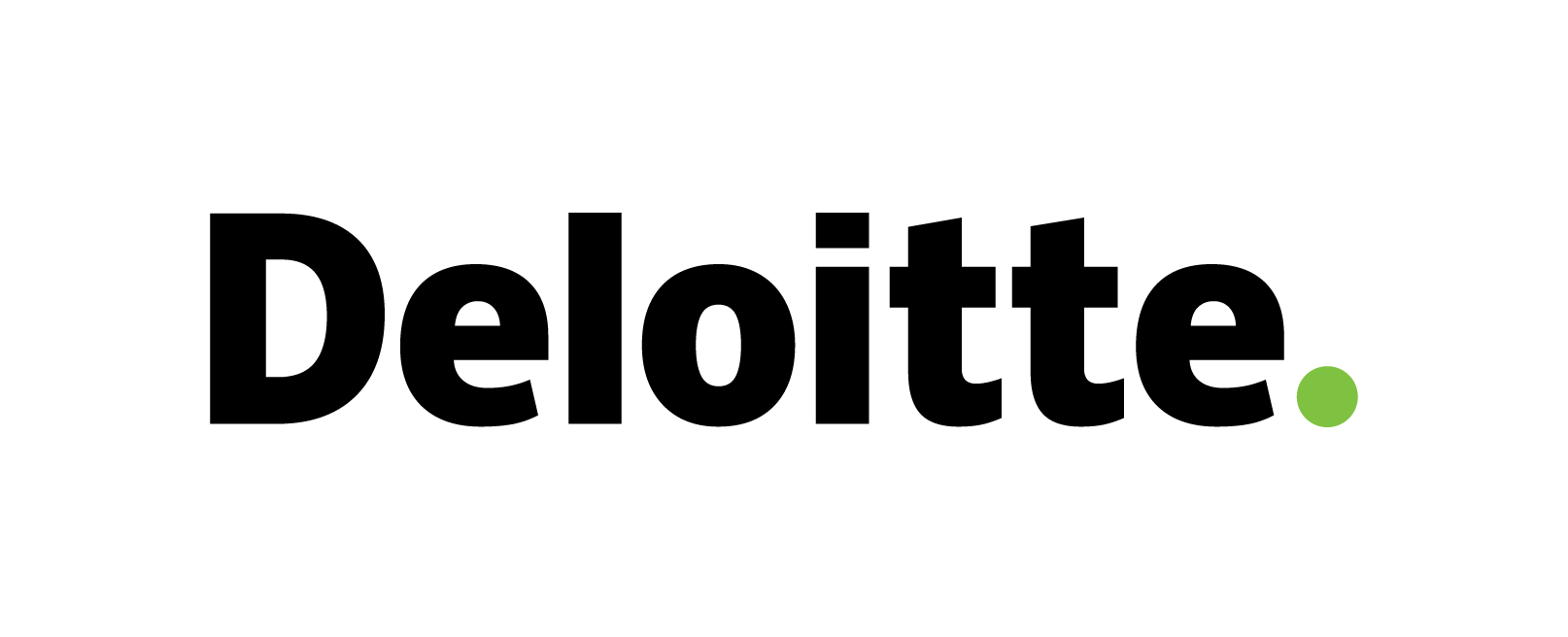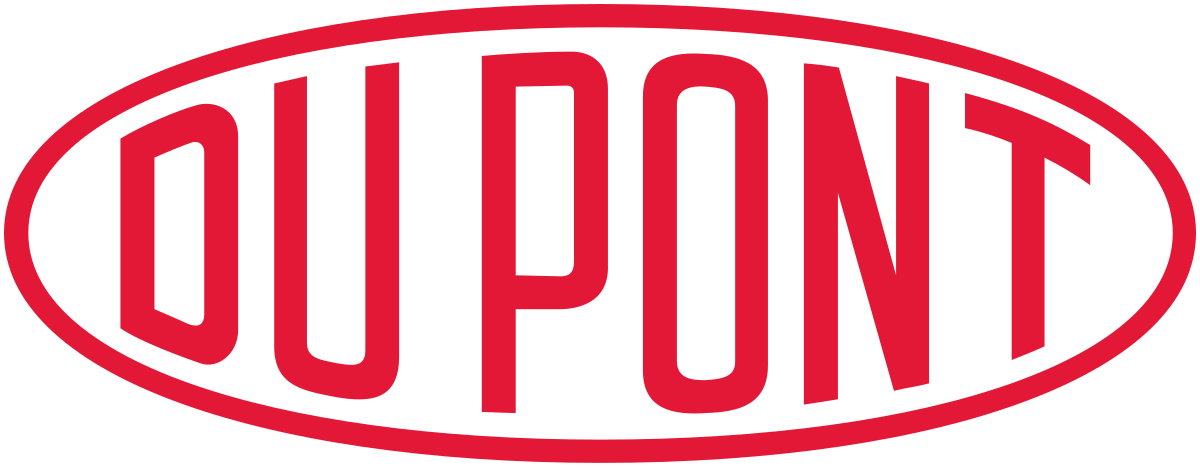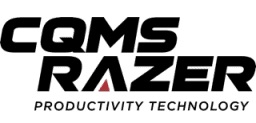Microcrystalline Cellulose Market By Application (Food and Beverage, Pharmaceuticals, Personal Care and Cosmetics, Others (such as animal feed, industrial applications)); By Source (Wood, Cotton, Others (such as straw, bagasse)); By Process (Reactive Extrusion, Enzyme Mediated, Mechanical Grinding, Ultrasonication, Steam Explosion, Acid Hydrolysis); By Form (Powder, Granular, Bead); By Region (North America, Europe, Asia Pacific, Latin America, Middle East & Africa) - Global Market Analysis, Trends, Opportunity and Forecast, 2022-2032
Microcrystalline Cellulose Insights
Microcrystalline cellulose (MCC) is a form of cellulose that is derived from timber pulp. It is used as a thickening agent, emulsifier, and texturizer in a wide range of products, including food, pharmaceuticals, and cosmetics. The market for MCC is expected to grow in the coming years due to increasing demand for processed foods and pharmaceutical products, as well as a growing awareness of the benefits of natural and organic ingredients. Factors such as the increasing utilize of MCC as a fat replacer and the growing demand for gluten-liberate and vegan products are altherefore expected to drive market growth. However, the high cost of raw materials and the deficiency of awareness about MCC in some regions may act as a restraint on the market's growth.
Microcrystalline Cellulose Market Share and Size
Microcrystalline cellulose (MCC) market is experiencing significant growth, driven by its extensive application as both an excipient and an active pharmaceutical ingredient (API) within the pharmaceutical industry. The global Microcrystalline Cellulose market was valued at approximately USD 1.12 billion in 2022 and is projected to succeed in USD 2.02 billion by 2032, with a compound annual rate of growth (CAGR) of 6.1% during the forecast period (2023-2032). Several companies currently offer Microcrystalline cellulose (MCC) including FMC Corporation, RS Pharma, FIBRAN S.L, Asahi Kasei Corporation. Rettenmaier & Söhne GmbH + Co. KG. despite the presence of major players, the MCC market is relatively fragmented, with many small and medium-sized companies also operating in the market.
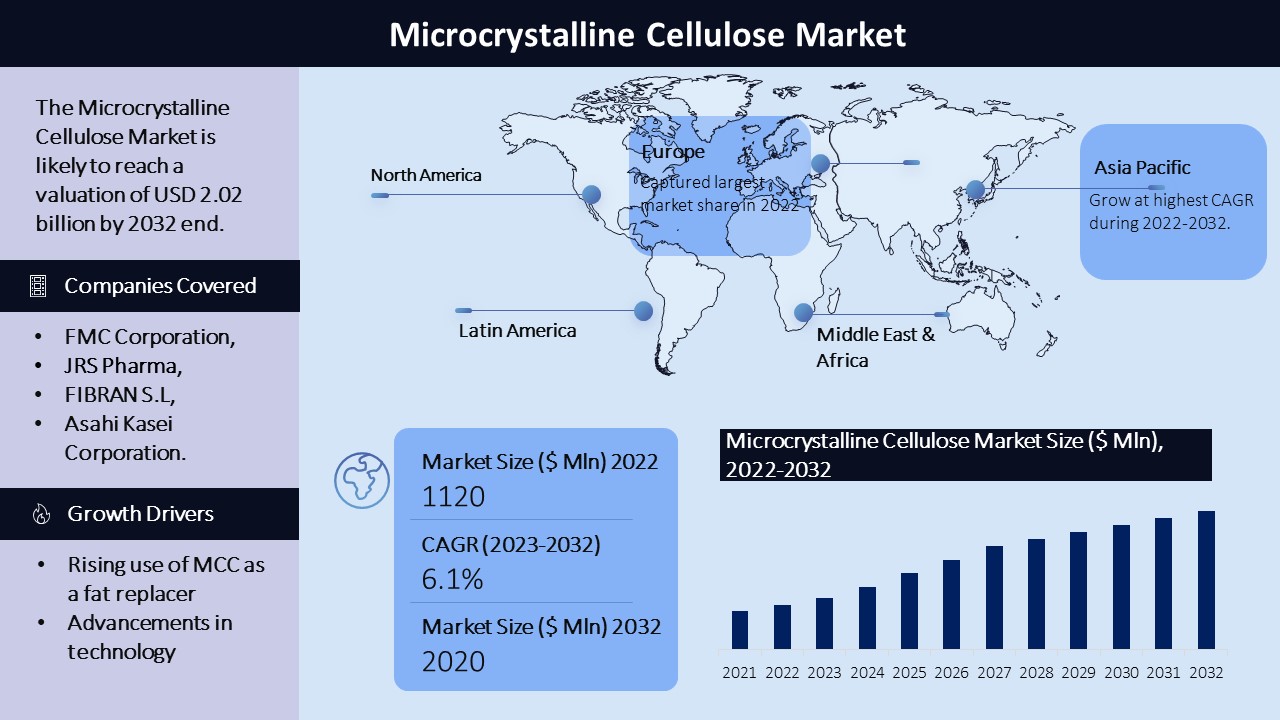
Microcrystalline Cellulose Market Driving Factors
There are several key factors driving the growth of the microcrystalline cellulose (MCC) market:
- Increasing demand for processed foods: mcc is used as a thickening agent, emulsifier, and texturizer in a wide range of processed foods, including baked goods, confectionery, and dairy products. As customer demand for these products continues to grow, so too does the demand for mcc.
- Growing demand for natural and organic ingredients: mcc is a natural and organic ingredient, and as such, it is becoming increasingly popular in the food and pharmaceutical industries. Consumers are becoming more aware of the benefits of natural and organic ingredients, which is driving demand for mcc.
- Rising use of MCC as a fat replacer: mcc can be used to replace fats and oils in food products, making them lower in calories and more healthful. This is especially beneficial for goods focused at health-aware purchasers, including low-fats and non-fat products.
- Growing demand for gluten-free and vegan products: The burgeoning request for nourishment that is both gluten-liberate and vegan has been gaining steam. MCC, owing to its gluten-free and vegan-amiable qualities, is an ingredient of choice for products catering to these demographics.
- Advancements in technology: advancements in technology have made it possible to produce mcc with consistent quality and at a lower cost, making it more accessible and cost-effective for manufacturers.
- Growing awareness and acceptance of MCC: as the awareness of MCC'S benefits as a food ingredient and its applications in pharmaceuticals and cosmetics grow, the mcc market will continue to expand.
Microcrystalline Cellulose Market Key Trend & Development
There are several key trends and development in the field of the microcrystalline cellulose market
- Demand from pharmaceutical industry: The growth of the pharmaceutical industry is influenced by various factors, including the prevalence of diseases, accessibility and affordability of medications, public perception, regulatory policies, and availability of a wide range of drug options. As a end result, the demand for microcrystalline cellulose as a crucial factor in pharmaceutical formulations continues to increase.
- Food and beverage market: key trend in the market is the increasing use of microcrystalline cellulose in the food and beverage industry, where it is used as a bulking agent, anti-caking agent, and stabilizer. With the developing demand for convenience food and the rising trend of clean-label products, using microcrystalline cellulose in food applications is expected to witness widespread growth within the coming years. Major players in the developed market are investing in innovations to capture the untapped potential applications of MCC in consumer products.
- Rise in Innovation: In Europe, research and development spending is increasing, along with investments in clinical trials and drug development. Pharmaceutical companies are dedicated to delivering superior medicines to patients and are committed to pursuing revolutionary solutions to address unmet clinical requirements.
Microcrystalline Cellulose Market Segmentation
The microcrystalline cellulose (MCC) market can be segmented based on the following:
- By Application
- Food and Beverage
- Pharmaceuticals
- Personal Care and Cosmetics
- Others (such as animal feed, industrial applications)
- By Source
- Wood
- Cotton
- Others (such as straw, bagasse)
- By Process
- Reactive Extrusion
- Enzyme Mediated
- Mechanical Grinding
- Ultrasonication
- Steam Explosion
- Acid Hydrolysis.
- By Form
- Powder
- Granular
- Bead.
- By Region
- North America
- Europe
- Asia Pacific
- Latin America
- Middle East and Africa.
Microcrystalline Cellulose Market Regional Synopsis
North America expected to grow at a CAGR of 6.15% during the forecast period (2023-2032). The market size was valued at $280 million in 2022, and it is expected to reach $508.5 million by 2032. driven by the high demand for processed foods and pharmaceutical products in these regions. The high purchasing power of consumers in these regions also contributes to the market's growth.
Europe is the largest regional market for MCC market. By 2032, the market is predicted to be worth $708.6 million, growing at a CAGR of 6.1% (2023-2032) against an earlier estimation of worth $ 392 million in 2022
Asia Pacific is expected to be the fastest-growing market for MCC. The growth of the food and pharmaceutical industries in countries such as China and India are also driving market growth in the region. With a CAGR of 6.4% (2023-2032), the market is predicted to succeed in $416.7 million by 2032 against an earlier estimation of worth $224.1 million in 2022.
In Latin America, MCC market is expected to grow at a moderate rate, driven by increasing demand for processed foods and pharmaceutical products in countries such as Brazil and Mexico. With a CAGR of 5.8% (2023-2032), the market is predicted to succeed in $236.1 million by 2032 against an earlier estimation of worth $134.4 million in 2022.
The Middle East and Africa are expected to be the smallest markets for MCC, Low consumer purchasing power and limited awareness make MCC market in Middle East and Africa small. Estimated to grow at a CAGR of 5.9%, the market is predicted to be worth $158.9M by 2032, up from $89.6M in 2022.
Microcrystalline Cellulose Market: Report Scope |
|
|---|---|
|
Base Year |
2022 |
|
Base Year Market Size |
USD 1.12 Billion |
|
Forecast Year |
2023-2032 |
|
Forecast Year Market Size |
USD 2.02 Billion |
|
CAGR Value |
7.4% |
|
Segmentation |
|
|
Challenges |
|
|
Growth Drivers |
|
Microcrystalline Cellulose Market Challenges
There are several challenges facing the microcrystalline cellulose (MCC) market:
- High cost of raw materials: MCC is derived from wood pulp, which is a costly raw material. This increases the cost of production for MCC manufacturers and can make the end product more expensive for consumers.
- Lack of awareness about MCC in some regions: MCC is not as well-known or utilised as frequently in some areas, especially in developing nations. Manufacturers may find it challenging to promote and sell their goods in certain regions as a result.
- Stringent regulations: Manufacturers must adhere to strict rules surrounding the usage of substances since the food and pharmaceutical sectors are highly regulated. For MCC makers, this may be costly and time-consuming.
- Competition from synthetic alternatives: Synthetic alternatives pose a threat to MCC makers since they might be more readily available and less expensive. Because of this, MCC producers may find it challenging to compete on pricing.
- Environmental concerns: The production of metal and ceramic composites (MCC) is capable of pose significant environmental challenges, particularly in regions present access to raw materials like forest pulp is limited. This presents a considerable obstacle for manufacturers who must grapple with the impact of their production processes on the natural ecosphere.
- Limited availability of raw materials: In some places, it may be difficult to produce MCC due to the limited supply of raw resources like timber pulp.
- Quality variation: Some manufacturers may create MCC of low quality, which might lead to product failure, user discontent, and eventually a bad reputation for the MCC industry.
Microcrystalline Cellulose Market Key Players
There are several key players in the microcrystalline cellulose (MCC) market. Some of the major players include:
- FMC Corporation: FMC is a leading provider of MCC and other ingredients to the food and pharmaceutical industries. The company produces MCC under the brand name Avicel.
- JRS Pharma: JRS Pharma is a leading provider of MCC and other excipients to the pharmaceutical industry. The company offers a wide range of MCC products, including Avicel PH, a line of MCC products specifically designed for use in pharmaceuticals.
- FIBRAN S.L: FIBRAN S.L is a leading producer of MCC, its products are used in food, pharmaceutical and technical applications.
- Asahi Kasei Corporation: Asahi Kasei is a leading provider of MCC and other ingredients to the food, pharmaceutical, and personal care industries.
- J. Rettenmaier & Söhne GmbH + Co. KG: JRS is a leading provider of MCC and other ingredients to the food, pharmaceutical, and personal care industries.
- Colorcon Inc: Colorcon is a leading provider of MCC and other ingredients to the pharmaceutical industry, it's MCC product is known as Cellactose.
- Sigachi Industries: Sigachi Industries is a leading provider of MCC and other ingredients to the food and pharmaceutical industries.

Need Customized Report for Your Business ?
Utilize the Power of Customized Research Aligned with Your Business Goals
Request for Customized Report- Quick Contact -
- ISO Certified Logo -
